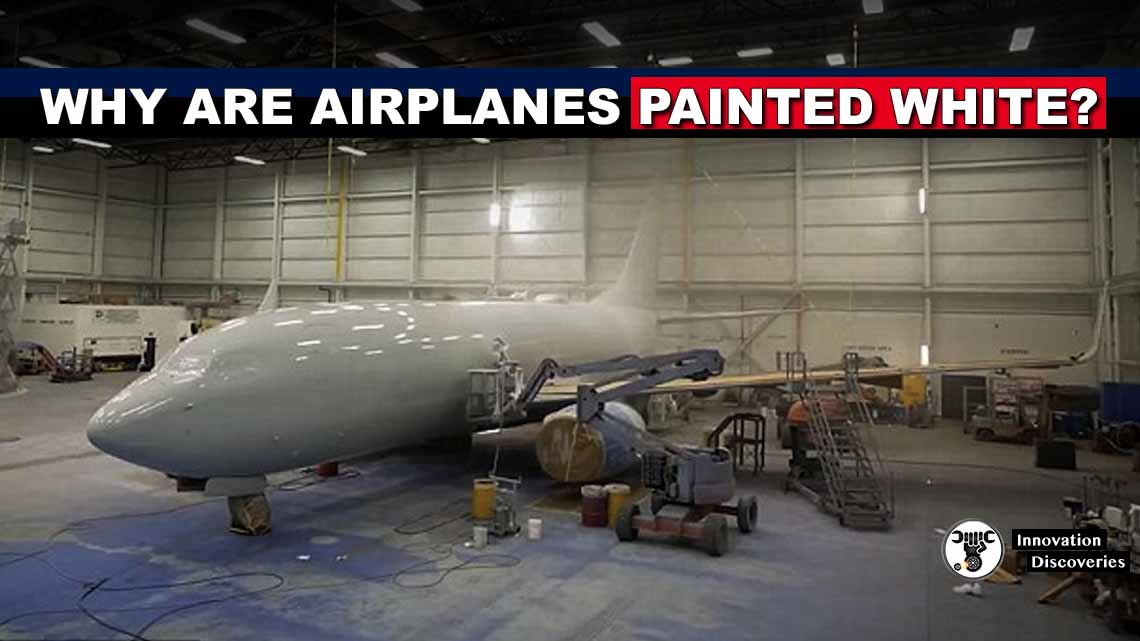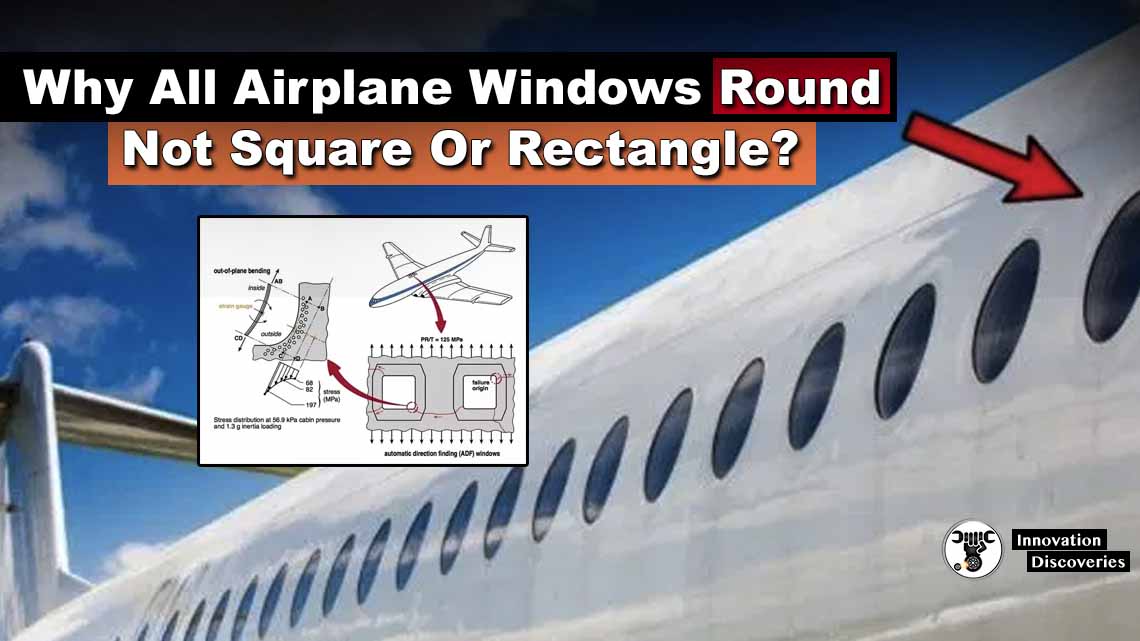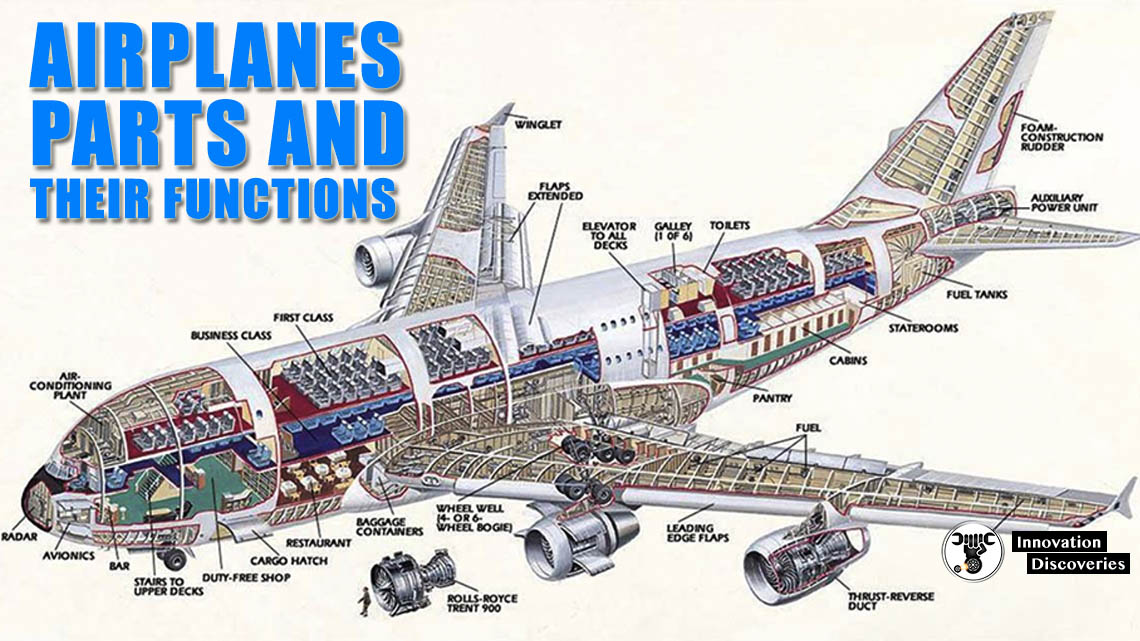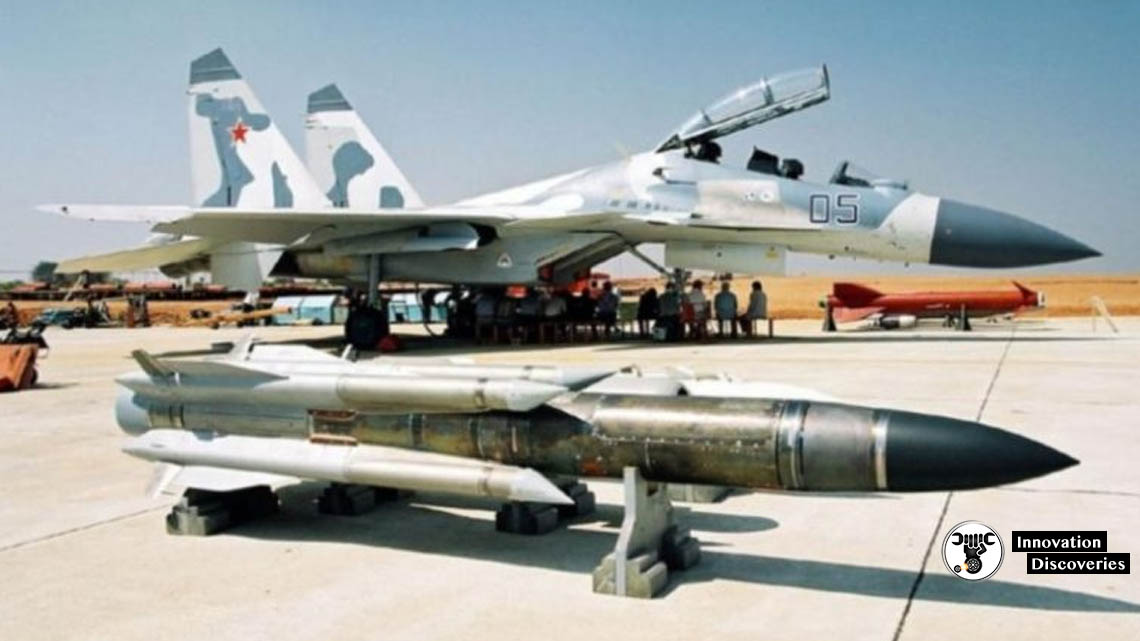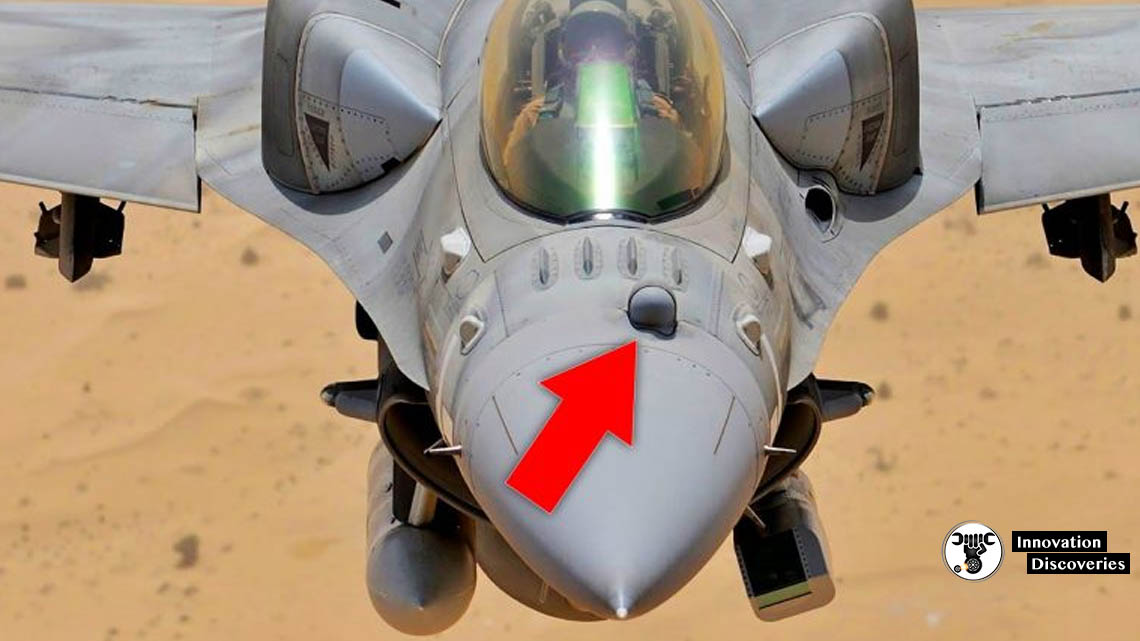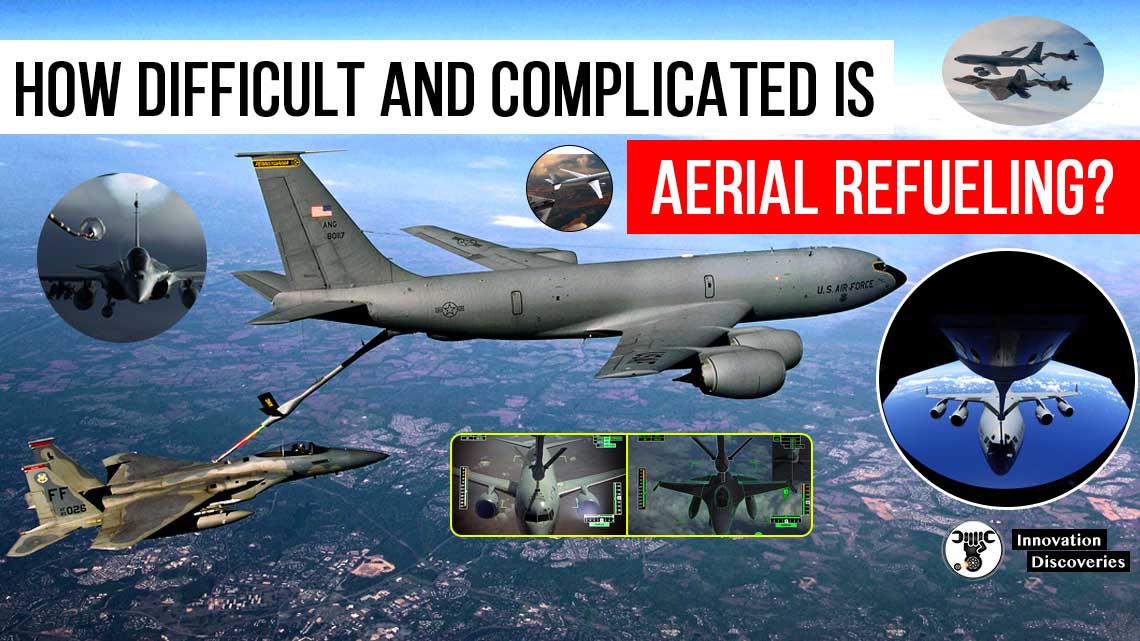
Aerial refuelling, or air-to-air refuelling (AAR), transfers fuel from a tanker to another aircraft (the “receiving” aeroplane) in mid-flight.
These “gas stations in the sky” can keep aircraft aloft for amazing amounts of time and, thus, distances.
It’s a critical force multiplier for mission planning and execution.
During one mission, two U.S. Air Force B-2 Spirit bombers flew over 12,000 miles round trip—refuelling multiple times in the air with the help of 15 tankers from five bases on three continents.
The mission showed the world that nowhere is too far for U.S. military reach.
READ MORE:
- WHY ARE AIRPLANES PAINTED WHITE?
- WHY ALL AIRPLANE WINDOWS ROUND NOT SQUARE OR RECTANGLE?
- IF ALL THE AIRCRAFT’S ENGINES FAIL, WILL THE PLANE STILL FLY OR WILL IT FALL OUT OF THE SKY?
- HOW DO AIRPLANES FLY? COMPONENTS
- WORLD WAR II WARPLANES STARTING AND SOUND COMPILATION
But how difficult is this high-flying military manoeuvre?
Simply put, aerial refuelling is one of the most demanding and high-stakes operations in the sky.
If things go wrong, they, tragically, go really wrong.
A myriad of metaphors can be imagined describing the process—from “It’s like threading a needle while sitting on top of a speeding car,” to “It’s like trying to hit a bullseye with a dart in a windstorm.”
But metaphors fail to describe the actual complexity and meticulousness required to avoid airborne catastrophe.
Here’s what goes into aerial refuelling.
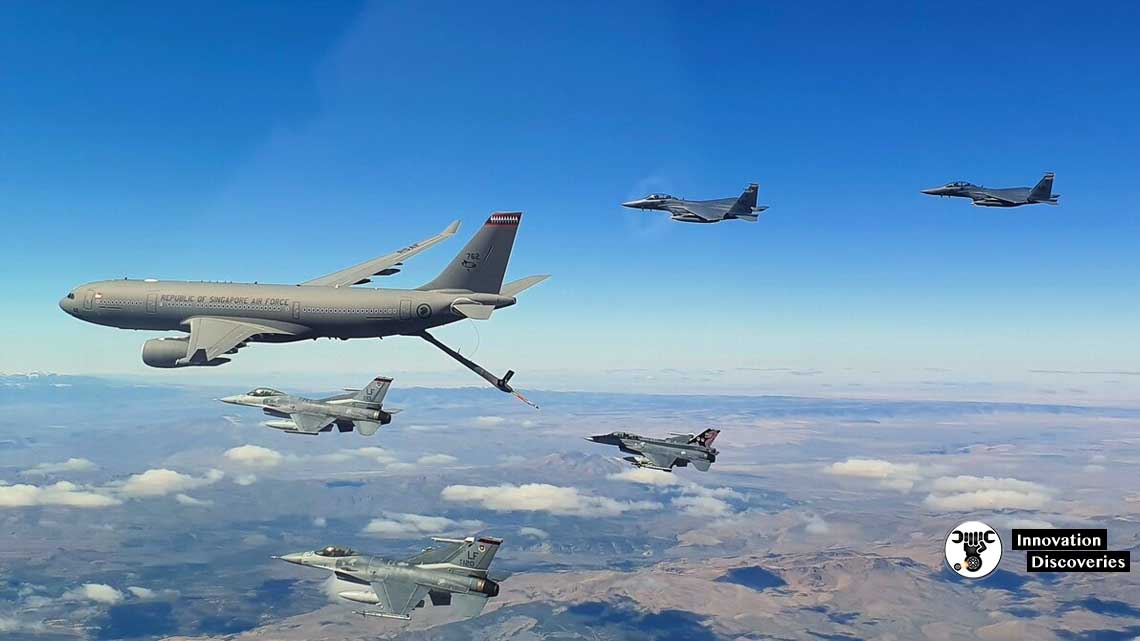
First
Usually two drastically different aircraft—such as a large KC-135 tanker and a nimble F-22 Raptor—have to carefully approach one another and continue flying within 100 feet or less of each other.
Not only do these planes have to battle the normal bumps and drops from air turbulence (each individual aircraft facing unique forces), but the receiving plane is hit with even more airspace disruption from the leading tanker.
Matching headings, airspeeds, and altitudes are all it takes to get within the same airspace—which in itself is fairly simple.
What makes aerial refuelling particularly dangerous is the relatively close distances that need to be maintained between the two aircraft.
Plus, the fuel being transferred has the potential to dump into the intake of the receiving aeroplane.
This, needless to say, would lead to some very bad consequences.
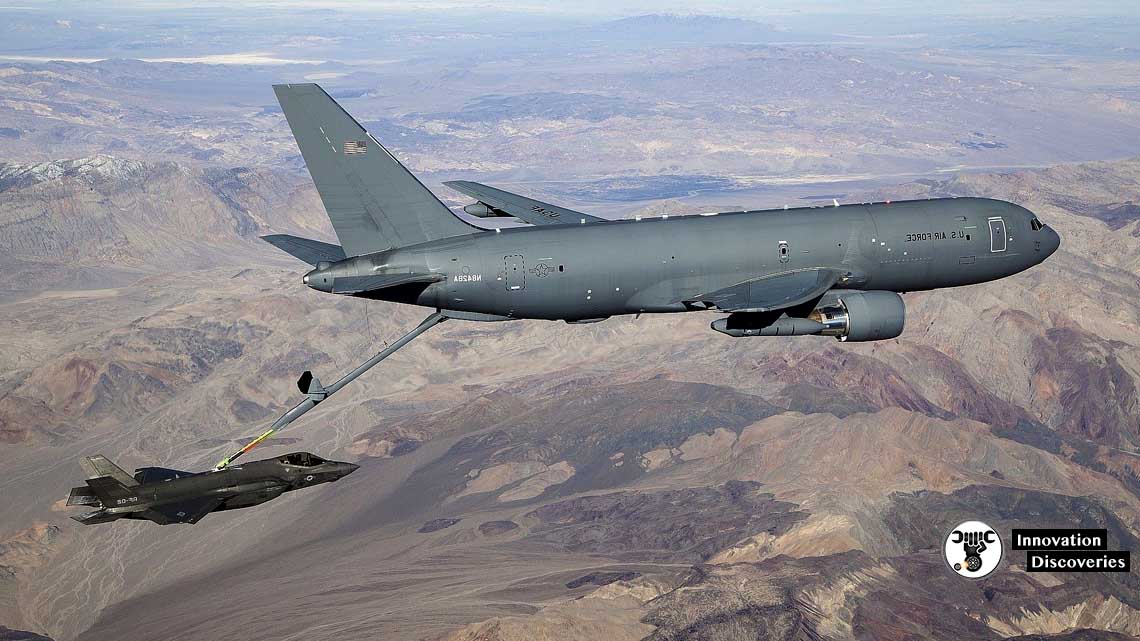
Second
Once both planes are in position, the umbilical for refuelling needs to be attached.
Now, it’s important to note that there are two types of refuelling systems: the “probe-and-drogue” and the “flying boom.”
The probe-and-drogue system uses a long, flexible hose with a funnel-shaped drogue on the end that plugs into a retractable probe on the receiving aeroplane.
Once a secure connection is established, fueling begins.
These systems are heavily favoured by the maritime forces as they can be quickly added and removed from aircraft and can even feed two aircraft simultaneously.
The flying boom utilizes a rigid, telescoping tube with a wing-like stabilizer that is controlled by a dedicated operator.
The operator lines up the boom with a small opening on the top of the aeroplane (think a large version of the fuel hose receiver in your car).
CLICK TO READ:
The flying boom can move fuel at a much higher rate—about 6,000 pounds per minute versus the roughly 2,000 pounds that the probe-and-drogue system can move.
Thus, why the Air Force favours the probe system–large aircraft require vast quantities of fuel.
And, while the probe-and-drogue is more flexible, both systems are equally demanding.
If the drogue makes contact with the probe too abruptly, it will bounce off and become unstable in the air.
After all, both aeroplanes are flying approximately 300 miles per hour.
Plus, as the receiving pilot approaches the drogue, the wave of air coming from the nose of the aeroplane can push the device away.
Likewise, the flying boom system takes incredible precision; the operator has to aim for a receptor about the size of a plastic cup.

Third
Once attached, both aeroplanes need to continue their steady flight while fueling transfers.
Needless to say, it’s certainly not the same as inserting the filler hose into your car and walking into the convenience store for a snack and drink.
The time it takes to fill each aircraft varies, but can be as much as fifteen minutes.
Too much movement, elevation or speed change from either aircraft will trigger a release of the filler device and the process starts over.
And, just as a reminder, if the process fails altogether, the receiving aeroplane runs out of fuel.
Certainly, aerial refuelling is a high-stakes undertaking.

Fourth
After the receiving aeroplane is filled up, its pilot cuts power to safely disconnect from the drogue or boom.
Then, all the “tools” need to be put away to limit drag and, of course, allow the tanker to safely land.
Probe-and-drogue systems are spooled up and stored either below the fuselage or wingtips; booms are stored flush with the bottom of the tanker’s fuselage.
But that’s not all. Pilots need to revisit this tricky process multiple times on longer flights, like transatlantic missions.
Although some veteran pilots may be accustomed to the practice, it’s never routine or easy.
Aerial refuelling remains one of the most difficult manoeuvres in aviation.
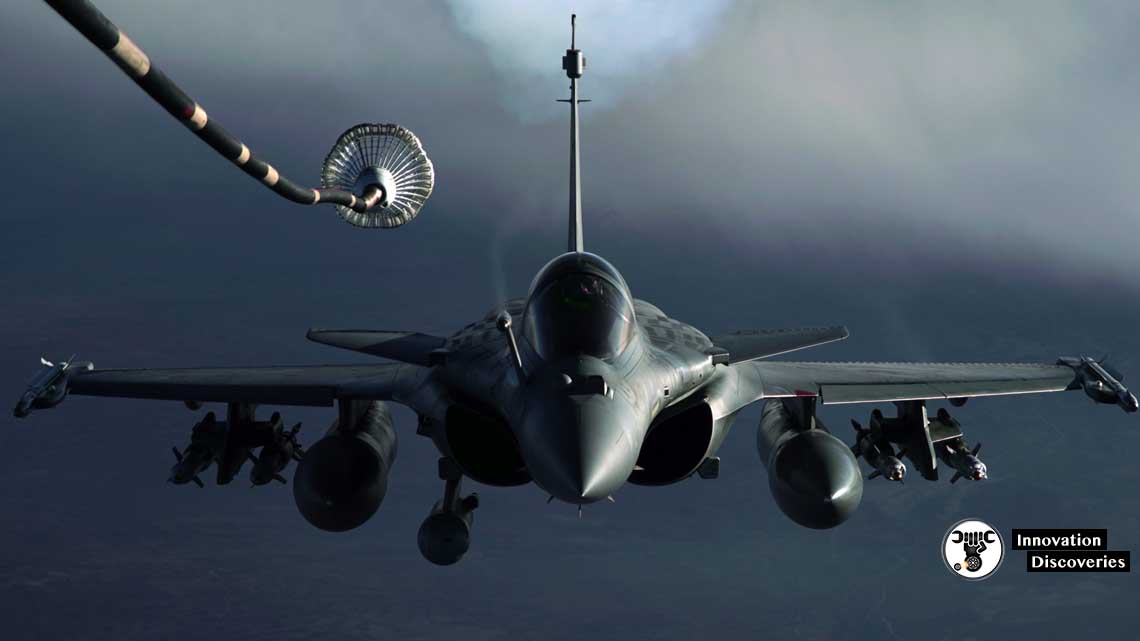
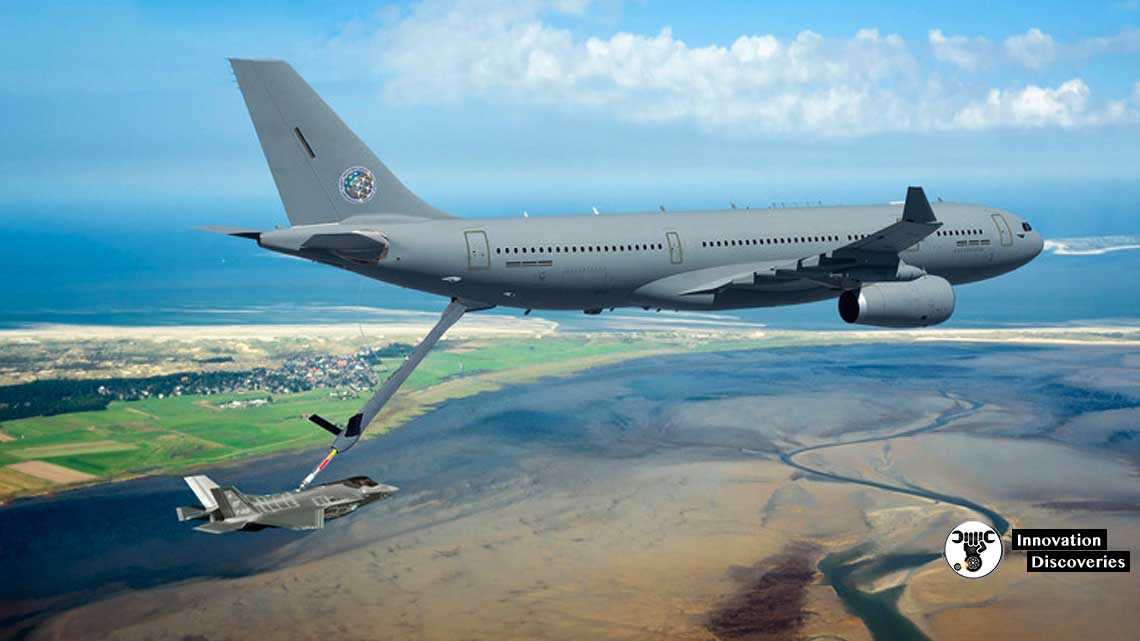
READ ON FOR MORE KNOWLEDGE
